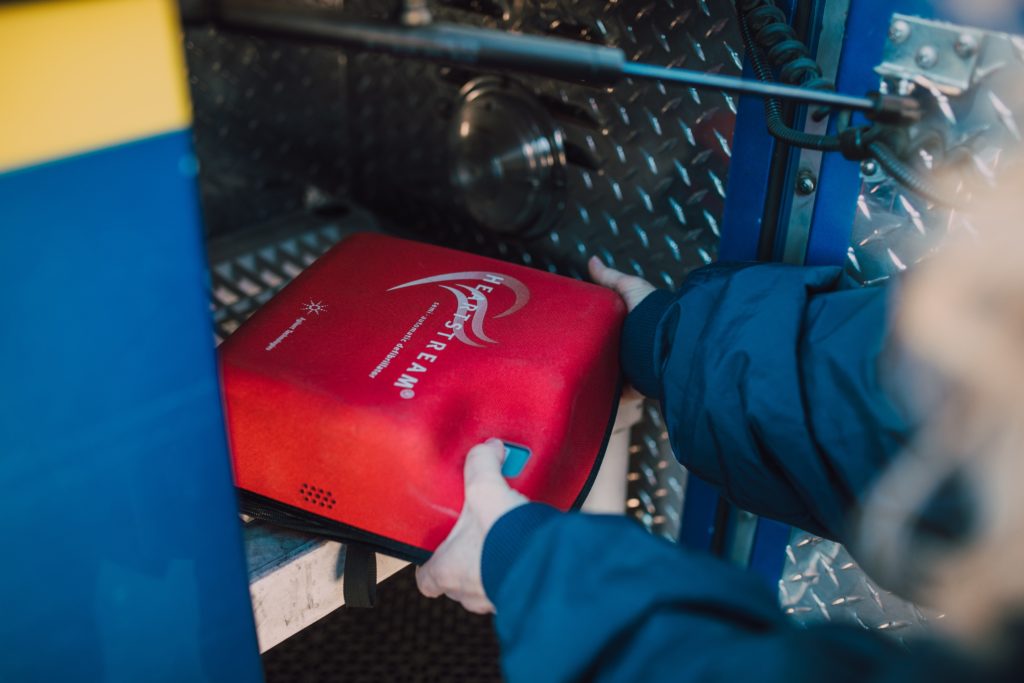Defibrillator Types: How do they work?
A defibrillator is a critical piece of life-saving equipment. They are used in most healthcare settings to help support patients suffering from cardiac difficulties. However, there are a wide range of defibrillators on the market today. It can be confusing to navigate and understand the various defibrillator types and how each performs and supports patients.
Here we will discuss the various types of defibrillators currently on the market to help you understand what they do and what circumstances they are most suited to.

What is a defibrillator?
A defibrillator is a medical device designed to send electrical energy, in the form of a shock, to the tissues of the heart. The aim of using this device is to treat cardiac arrest.
The need for this device generally arises when a patient develops life-threatening arrhythmias, such as ventricular tachycardia or ventricular fibrillation that occur when the contractions of the ventricles become irregular.
Defibrillators usually have ECG (electrocardiogram) leads and adhesive paddles (or patches). The adhesive electrodes are patches placed on the patient’s chest before delivering the electric shock.
Defibrillator Types
There are a range of different defibrillator types used today across numerous healthcare settings. These include AEDs (automated external defibrillators), WCDs (wearable cardiac defibrillators), and ICDs (implantable cardioverter-defibrillators). Some other defibrillator types include manual external defibrillators and manual internal defibrillators.
Here we will discuss the major types of defibrillators and the indications and uses of each.
Automated external defibrillators (AED)
These defibrillators use computer technology that makes it easier to analyze the cardiac rhythm and determine if the rhythm is shockable more effectively.
An AED is a battery-operated, portable, lightweight device that checks the cardiac rhythm, and then sends a shock to the tissue of the heart to restore normal heart rate and rhythm. This device is used to help patients suffering from cardiac arrest.
Continue reading


